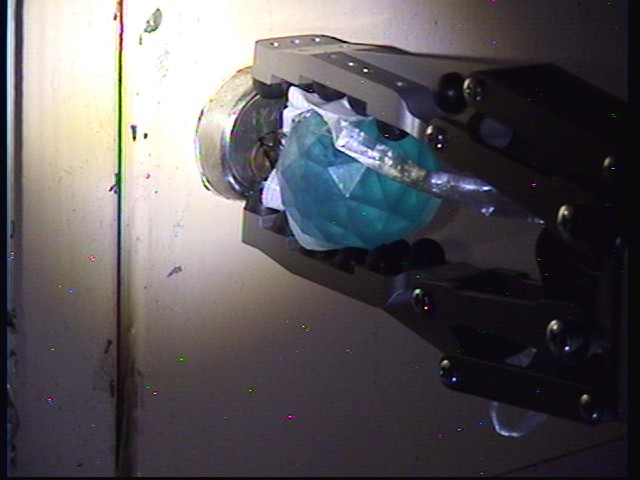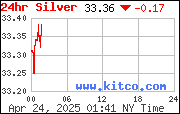after he transmitted TEPCO's shareholders meeting via audio using his smartphone on June 27, 2012. At that meeting, the company officially became the ward of the state (well, "effectively"), and the state that "effectively" took over is in turn barely sustained by the taxpayers in Japan, now and the future.
Ryuichi Kino has been attending the TEPCO press conferences since March 17, 2011, asking questions which often didn't even occur to the reporters at established media outlets and TEPCO managers alike. He wrote a book with Kazuo Hizumi, who also attended the TEPCO press conferences from the beginning despite his terminal gallbladder cancer which finally took him in June this year, detailing their efforts to wrestle information out of TEPCO on the Fukushima accident.
To summarize Kino's blog entry on July 4, 2012:
Kino has been barred from attending TEPCO's press conferences since June 27, 2012. The emergency emails to Kino from TEPCO for the journalists who cover the Fukushima accident have also stopped.
The reason is that Kino was transmitting the audio of the shareholders' meeting on June 27. TEPCO had explained that the recording of audio and video at the shareholders' meeting would be prohibited, and that anyone who violated that rule would not be allowed to attend the press conference any more. So accordingly TEPCO banned Kino after finding out about his transmitting the audio of the shareholders' meeting.
Kino had asked TEPCO before about netcasting the shareholders' meeting. On June 26, TEPCO's Matsumoto said in the regular press conference that the company had no intention of making the shareholders' meeting public because it was the place to discuss [issues] with TEPCO's shareholders. Chairman Katsumata declined to vote on the motion [last year?] to allow NHK and Nico Nico to do a live broadcast/netcast, saying he didn't think it was necessary. Kino takes these to mean that this so-called "rule" is not a legally-binding prohibition, but it simply says TEPCO doesn't think it's necessary to make the shareholders' meeting public.
Kino thinks TEPCO is exercising media censorship.
It seems Kino was fully aware of this TEPCO's private rule and deliberately disobeyed the rule. Why?
Kino asks, "Does it make sense?"
Kino continues in his blog (I am paraphrasing to take his meaning):
Does it make sense for TEPCO to have the shareholders' meeting closed to the public, when close to 1 trillion yen worth of taxpayers' money, aka public fund, has already been given to the company, and in July another 1 trillion yen will be poured by the government to effectively take over the company by controlling the majority?
Any information related to TEPCO now affects the entire nation. Shouldn't such information be made readily available to the public? As part of that information, I believe the shareholders' meeting, which will significantly affect the operation of the company, should be broadcast live, just like the regular press conferences.
I cannot agree more. Besides, many ordinary people may be indirect owner (=shareholders) of TEPCO through mutual funds, through the holdings by the municipal governments (like Tokyo Metropolitan government who is one of the largest shareholders of TEPCO). Yet many more may be stakeholders through the bonds and bond funds that they own, as TEPCO's corporate bonds had been considered one of the best, safest investments until March 11, 2011.
Kino sounds a bit crest-fallen. To add insult to injury, it has turned out:
Reporters from the mainstream media either secretly video-recorded the meeting proceedings or obtained the secretly recorded footage and broadcasted on the TV news, but TEPCO says the company either doesn't know about it or cannot identify the individuals, and therefore no action will be taken. (OurPlanetTV report)
TEPCO's PR manager under Matsumoto had the temerity to thank Kino for having attended the press conferences for such a long time, after TEPCO told Kino that he wasn't allowed at the press conference any more.
I have been following Kino's reporting via Twitter, IWJ live feed, and personal communication. I have written on this blog what he reports from TEPCO's press conferences. Without people like Kino, we would have probably been still in the dark regarding the Fukushima accident. Please, if you will, support Kino by:
Perhaps a sign of the slowly changing times, Asahi Shinbun has an article about this incident. Tokyo Shinbun's article says it is unconscionable what TEPCO has done to Kino, and even if Kino broke TEPCO's rule, the shareholders' meeting of a company that is being effectively nationalized should be made public, as well as any information concerning the company.
Some comments at Kino's blog post are nastier than the mainstream media reports. Agents hard at work, some say in the same comment section.















 Tokyo Time
Tokyo Time
![[Most Recent Quotes from www.kitco.com]](http://www.kitconet.com/charts/metals/gold/t24_au_en_usoz_2.gif)

